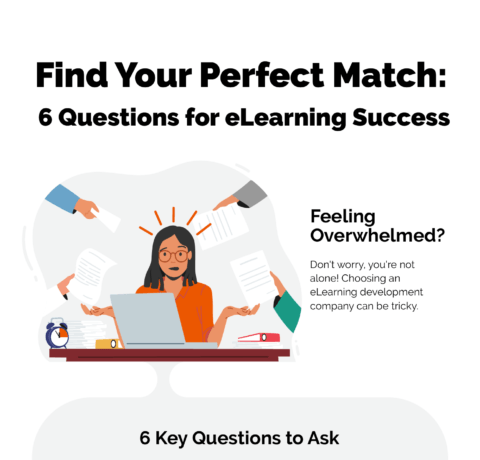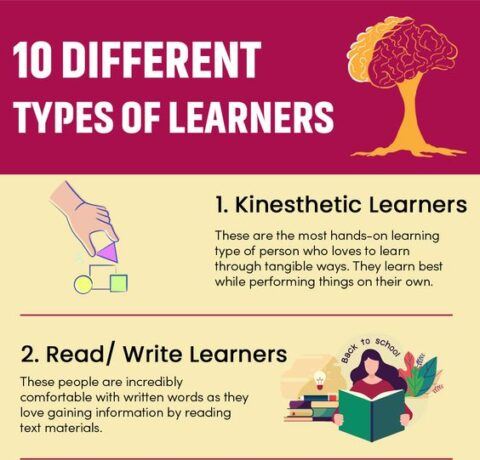Excellent NHS Training - Top 5 eLearning Insights
The Excellent NHS Training Infographic -presents Top 5 eLearning Insights for National Health Service Training.
1. eLearning Benefits
- Helps Trusts to be fully and quickly compliant with statutory and mandatory policy requirements
- A great option for arranging education and remote training for staff who work nights or in rural areas.
- Using learning analytics, learners and trainers can match e-learning to their needs and clinical case-load, ensuring that theory is reinforced by practice.
- Reduced time-to-compliance: UCLH (University College London Hospitals) reduced onboarding time cost from 2 weeks to only 2 days after implementing e-learning, thanks to Webanywhere.
2. Barriers & Solutions
Barriers:
- Start up costs, providing sufficient equipment, and ongoing costs of keeping this equipment up to date.
- Providers and learners’ resistance to change.
- Technophobia, computer anxiety & lack of IT confidence.
Solutions:
- Evidence for the true costs of e-learning and associated cost-effectiveness and cost benefits
IBM found that every $1 spent in e-learning results in $30 of productivity! - eLearning must be learner-centric.
- Start with blended learning, initially mixing person-to-person contact with IT methods.
3. Cutting Costs
- eLearning saves costs on infrastructure and personnel, which can be reinvested in patient services.
- Dow Chemical reduced average spending to $11 per learner / per course (from $95 per learner / per course) by using e-learning methods.
- Eliminate instructor and staff travel costs to training venues.
- Travel costs = £0
- Reduce duplication of efforts and time costs across multiple units of the hospital
For example, the Ambulance Care Assistant department and General Practice department may have some common modules that can be taken by staff of both departments. - Marginal cost of delivery = £0
4. Most Common eLearning Courses in the NHS
- Health and safety
- Basic life support
- Infection control
- Patient handling
- Fire safety
5. Top Tips for Conducting Effective Training
- Blended learning: Mix multiple quizzes with practice, applying what was learned in the course to relevant situations in the Trust.
- Motivation and commitment: Frame a beneficial perspective of the course by creating clear goals and expectations of high-quality, responsive and efficient patient care.
- Hierarchies and frameworks: Set up frameworks that best represent the structure of the hospital. Learning can then be mapped to individual job roles, management levels, departments, teams and groups.
- Navigation and layout: Include directions and links to the main page that redirects learners to a tutorial or instructional video. Then, get user feedback to improve navigation.
Webanywhere have delivered an easy-to-use, multi-functional eLearning platform for University College London Hospitals, which has enabled the delivery of high quality training within the hospital, using a platform that is engaging, easy to use and available anywhere, anytime. Healthcare eLearning case studies available at http://www.webanywhere.co.uk/workplace.







You can adjust your cookie preferences here.